The Drive and its partners may earn a commission if you purchase a product through one of our links. Read more.
If I am rubber, and you are glue, I can do burnouts, and you can’t. *sticks tongue out*
Childish sayings aside, burnouts are one of those things you can love and hate at the same time. They might be fun to do, but you also understand why they have a negative reputation—and why Mustangs are the cliche car associated with the term...
In the right situation, burnouts do have a genuinely real purpose, but that situation is not a busy street or a packed Walmart parking lot. Everybody deserves to try it at least once, and we’d like to help you figure out the proper time and place to do it.
Unsure how it works? The Drive’s smokey editors will tell you how and when to let the clutch fly. Let’s get to it!
Before we get into any of this, we need to drop some disclaimers on you.
Only attempt burnouts under the supervision of professionals in controlled areas where it is legal. The Drive is not responsible for any damage, accidents, or any legal consequences you may encounter. Likewise:
Burnouts are illegal in virtually all places.
Burnouts can be dangerous.
Burnouts can ruin car parts.
Burnout can result in redlining and hurt your car’s engine.
Burnouts are loud and annoying to most people.
Burnouts are bad for the environment and your health when smoke is injested.
Burnouts mark up the pavement.
S, R, and T are the only letters left after the burnouts burnout., FCABurnout is the act of spinning your car’s wheels while staying in place, at least initially. The friction of the rubber spinning on pavement produces showy billows of smoke.
Burnouts should not be taken lightly. Heed these precautions if you’re going to attempt burnouts.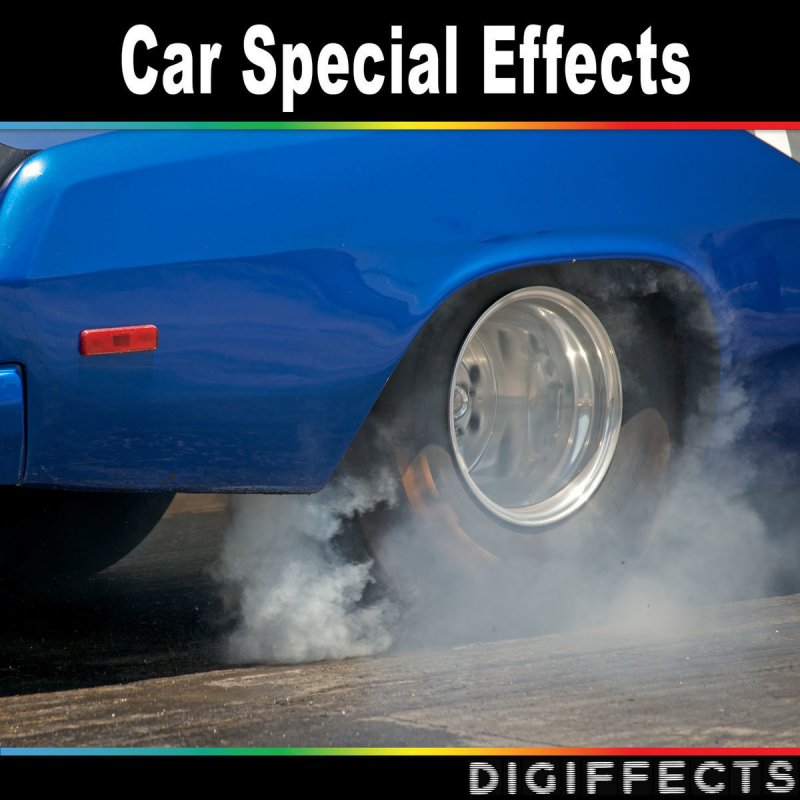
Attempting a burnout for the first time at an auto show or in some other busy parking lot is the worst possible thing you can do, and you might do some damage to your car and/or others. With a professional on hand, go to a completely empty lot with scarce light poles, and practice doing them with no people or cars around you.
If you smell something other than burnt rubber, it might be your clutch. Back off and let it cool down before attempting again. You might not be lifting off the clutch fast enough, and you never want to ride the clutch.
Everybody has seen the videos of a burnout turning into an accident that caused tens of thousands of dollars of damage. Never attempt burnouts near poles, walls, curbs, islands, parking barriers, or anything else your car could run into.
Anytime somebody does a burnout, there are risks of flying road debris, flying broken parts, and rogue Ford Mustangs. Keep your distance if you’re watching one, and make sure nobody is around if you’re doing one.
Keep your distance if you’re watching one, and make sure nobody is around if you’re doing one.
Because life is about the little things that make you happy. It’s crucial to find the small Ws that put a smile on your face, even if it comes with a minor cost. That’s why we’re all here to talk about cars, right?
In drag racing, there is a real purpose for burnouts. Cold tires have less grip and make for slower launches. So, drag racers usually spin the tires a bit to warm them up. Warmed up, they can grip the road better. This also helps clear the tire of any debris before entering the race.
A burnout before drag racing is expected., FCAIf you can use a clutch, you can do a burnout.

 To repeat, this isn’t an exact range, and you’ll have to know and understand your car to know how high you should rev it. You need enough power not to stall, but not too much that you’ll burn your clutch. Just be careful not to get too close to redline.
To repeat, this isn’t an exact range, and you’ll have to know and understand your car to know how high you should rev it. You need enough power not to stall, but not too much that you’ll burn your clutch. Just be careful not to get too close to redline.Automatics can do it too!
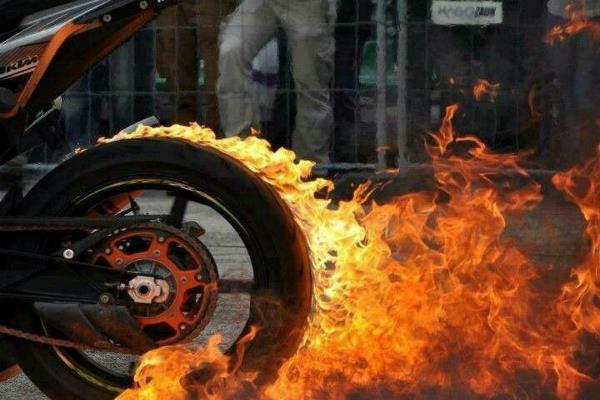
You’ve got questions, The Drive has answers!
A. Yes. In addition to shredding precious tire tread and brake pads, you are also putting a lot of stress on the engine, drivetrain components, and everything else in your car that wasn’t designed to do extended burnouts in place.
A. Burnouts are illegal in virtually all public places.
A. Any car with a lot of power, a manual transmission, and rear wheel drive.
A. They can! At the end of the day, burnout is achieved by using the throttle and the brakes at the same time, so you’re trying to stop something that’s spinning very fast. That’s going to wear your brakes.
That’s going to wear your brakes.
A. This will depend on the car, the tire, the driver, the location, and numerous other factors. Read more in our guide, How Long Do Tires Last and When Should I Replace Them?
A. Hold the gas and the brake, which should be the left and right triggers. On computers, use W and S.
We’re here to be expert guides in everything How-To related. Use us, compliment us, yell at us. Comment below and let’s talk! You can also shout at us on Twitter or Instagram, here are our profiles.
Jonathon Klein: Twitter (@jonathon.klein), Instagram (@jonathon_klein)
Tony Markovich: Twitter (@T_Marko), Instagram (@t_marko)
Chris Teague: Twitter (@TeagueDrives), Instagram (@TeagueDrives)
by Al Seizovic
73 shares
Last Updated on July 15, 2022
Pulling up to the stoplight with your 2002 Hyundai Tibouran at midnight, you get the bright idea: “I’m going to do a burnout, there’s nobody around”.
You throw the automatic transmission in “1”, hold the brake and the accelerator, then release the brake expecting to spin your tires like all the Fast and Furious movies!
Nothing happens? Well that’s probably because you didn’t read this AWESOME how-to guide on burnouts with an automatic transmission.
See Also: Measuring Horsepower (HP vs BHP vs WHP)
Table of Contents
They ENHANCE your life! There are few things more satisfying in the automotive landscape than an awesome burnout. The tires are spinning, you’re vaporizing tires, breathing in smoke, making a bunch of noise, and generally pissing off all of the grumpy people around you. It’s great!
The tires are spinning, you’re vaporizing tires, breathing in smoke, making a bunch of noise, and generally pissing off all of the grumpy people around you. It’s great!
Burnouts come in all shapes and sizes. You’ve got the big muscle car angry burnouts that you might see accompanied with a Dodge Charger, Ford Mustang, and maybe even an E63 AMG Mercedes!
On the other side of the spectrum, you have the squealy, nasty rubber burning sessions of the Honda Civic variety. You’ll be able to spot this species in the wild by a loud, raspy popping noise paired with a front wheel drive (FWD) hatchback looking as if it’s floating on clouds instead of front tires.
This is because those front tires are moving so fast as to create friction and heat, allowing the driver to burn rubber through the intersection. This can also be found with Subaru Impreza WRXs when they do their all wheel drive (AWD) launches from intersection to stoplight.
You may also spot a motorbike doing a burnout at a stoplight, which is another being altogether. They’ll get all of the weight on their front tire, then rev the throttle all the way to the rev limiter making a WAHWAHWAHWAHWAHBRINNNGGGG sound as their tires reach terminal velocity.
They’ll get all of the weight on their front tire, then rev the throttle all the way to the rev limiter making a WAHWAHWAHWAHWAHBRINNNGGGG sound as their tires reach terminal velocity.
This behavior has been studied by biologists for at least a hundred years, yet the motives around displays such as this still perplexes us. Is it to throw up a middle finger to the law? Are they trying to warm up their new tires to grip more during an impending drag race? Or, do they simply just want to do it, so they do it?
Read Also: Differences Between AWD and 4WD
Although I don’t have a source on this claim, I feel it’s safe to say most of the burnouts you’ve seen have been in a manual transmission, rear wheel drive (RWD) car as it’s much easier. Just throw the transmission into first gear, push in the clutch, mash on the accelerator to build up the revs, then release the clutch quickly and you’ll be peeling out in no time.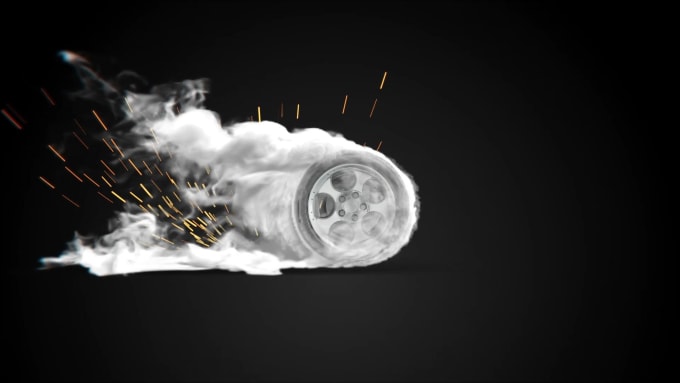
Of course, this will happen providing you have enough power to break those tires loose. If not, you’ll roast your clutch, explode your drive shaft, blow up your diff, or destroy your transmission. That energy has to go somewhere, and if your tires are too sticky, you’ll break something.
Related: How to Identify Your Car’s Transmission
If you want to do a burnout, you are pretty much playing with fire here. Unless you have express permission by a landowner or it’s on your own property, you could get fined upwards of $1000 for damaging property.
This is because most parking lots have lines painted on them, and spinning your tires and otherwise acting recklessly is going to wear out those lines. Then, the property owner is going to have to pay to repaint those lines which will cost them money.
This is a first hand account, so just remember, the cameras on many of these private buildings surrounding parking lots are a lot better than you think. Hint hint: they can read your license plate!
Hint hint: they can read your license plate!
If you’re thinking about doing a burnout on a public road, there are some more considerations you should take. First, make sure there aren’t any people around, in the way, or in the oncoming traffic lane. You don’t want to end up like a Ford Mustang driver leaving every “cars and coffee” meetup (example below).
Also, keep in mind, this all needs to be considered before you do anything at all burnout or drift wise, as I’m already assuming you’re ok with breaking whatever law is preventing this in your area. From experience, we’re all going to do things that aren’t legal in our cars, and that just comes with the territory of owning an enthusiast car.
Also, there’s nothing in this article that will protect you from the law, you just need to be smart about this and never hurt another motorist or pedestrian.
See Also: What Can Happen When You Engage the Parking Brake While Driving
As stated above, don’t hurt anything other than your tires. Additionally, you’ll need to make sure you are in control of your vehicle because that’s your responsibility as a motorist.
Being able to do a sick burnout in Need for Speed doesn’t mean you can do the same thing on real life. Even better, sign up for a performance driving course to get real instruction and experience in a safe environment.
It’s also good to know that you’ll be wearing out parts quicker when you do burnouts in your car, so pay attention to the color of your transmission fluid, the smell of your clutch, and just check your car more often. As you add heat, power, and force, something is going to break.
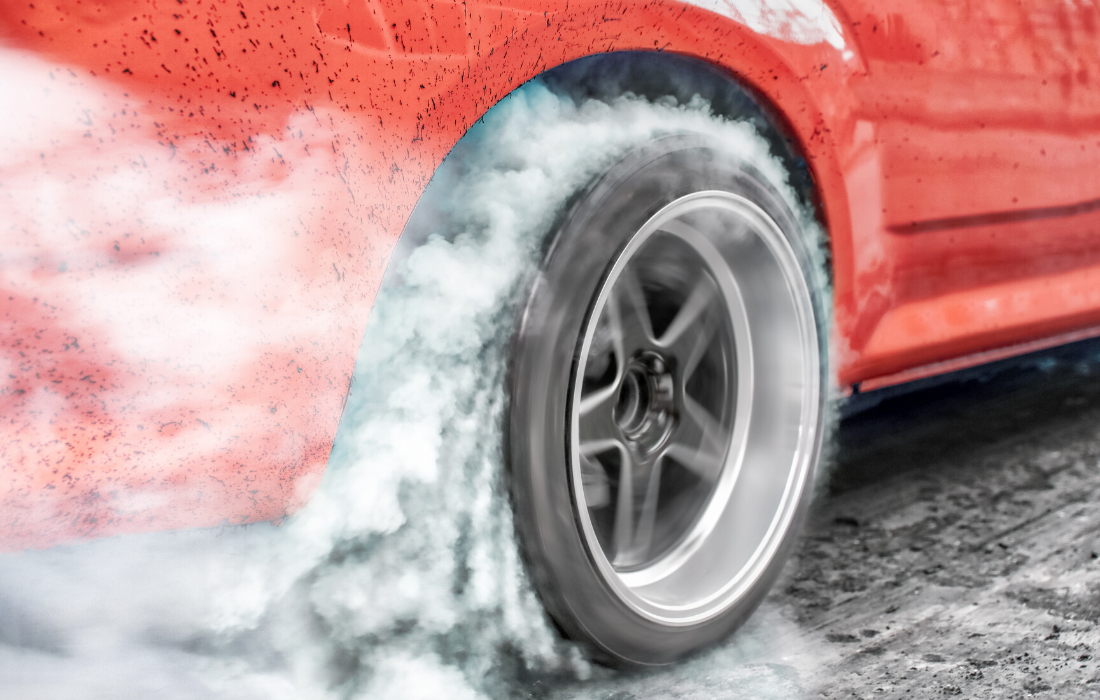

If you aren’t getting the results you want, try some older rubber. Your local tire shop should have some old tires that aren’t being used, maybe they’d even give them to you!
Another idea is to spray water on the ground around the tire that you are trying to spin so you can decrease the traction, thus increasing the ease at which you can burn rubber. Oil and whatever other lubricant you want works too.
Also, I want to mention that if you can’t disable the traction control on your vehicle, you probably won’t be able to get very far on this quest because your vehicle will be fighting you every step of the way.
Categories General Tags automatic transmissionAsk a question, get an answer ASAP!
Installation:
without screed in dry rooms under laminate, linoleum, carpet, parquet for underfloor heating
in screed 3 cm. parquet for underfloor heating
parquet for underfloor heating
Do not block the surface of the floor above the film with clothes, carpets and lace-bags in order to avoid overheating.
1. Prepare the rough surface. Lay a heat-reflecting underlay around the perimeter of the room (expanded polypropylene covered with a 3-5 mm metallized lavsan film.) and secure it with tape.
Determine the location of the thermostat.
2. Cut the thermal film to the desired length along the special cut lines.
The length of one strip must not exceed 13 m. The distance between the strips is 1-2 cm. The distance to the walls is at least 10 cm.
Never overlap the strips.
3. Seal the cut edges of the copper busbars with bituminous tape.
Then insulate the cuts of the film on both sides along the entire length of the cut with mounting tape or bituminous tape.
Partially secure the film to the thermal insulation with adhesive tape to avoid shifting.
4. Peel back the free edge of the film and place it on a hard surface such as a piece of laminate or board. This is necessary so as not to burn through the copper bus with a soldering iron.
5. Using a soldering iron and a utility knife, remove the insulating layer up to the copper bar.
When stripping, it is important not to cut the bar with a knife. Strip the copper bar for better contact.
6. Apply the required amount of solder to the soldered wires. Solder the wires according to the diagram in compliance with the "phase-zero" rule. Be sure to check the quality of soldering. Make sure that the wires do not cross each other and do not stretch between soldering points.
7. After soldering, check that the insulation on the back of the film is not damaged. If this happens, seal the damaged area with bituminous tape and, additionally, over it with mounting tape.
8. Insulate soldering points with bituminous tape using 5x5 cm squares.
9. If you need to connect several strips of thermal film, make a parallel connection.
Film 100 cm wide: each strip has 2 working zones 50 cm wide. Each working zone has a phase copper bar and a neutral bar.
10. The sensor must be located in the working area between the film and the substrate: a recess is made in the substrate and the sensor is placed in it. The wire and the sensor are glued with mounting tape. After that, fix the remaining parts of the film to the substrate with mounting tape.
11. Connect the wires from the thermal film and power to the thermostat according to the instructions for the thermostat.
12. If linoleum/parquet or carpet is to be used as a flooring, lay additional protective sheets of fiberboard, LSU, CSP or GVL 8-20 mm over the thermal film.
Under laminate/parquet, you can not use additional sheets of strength, but immediately lay it on thermal film .
This film can be laid in a 3 cm screed (if it is less, there is a risk of cracking, if it is thicker, it will take longer to warm up). But at the same time, cut edges thermal films must be glued with bitumen tape to avoid current leakage.
1. Calculate the required length and number of layers of thermal film. Determine the location of the thermostat.
Lay the heat-reflective underlay (polypropylene foam covered with a 3-5 mm metallized lavsan film) on the subfloor and secure with adhesive tape.
2. Cut the thermal film to the required length along the special cut lines (one working lane no more than 13 m) .
The distance between the strips should be 1-2 cm.
Never stack foil on top of each other.
Attach the thermal film to the thermal insulation using adhesive tape.
3.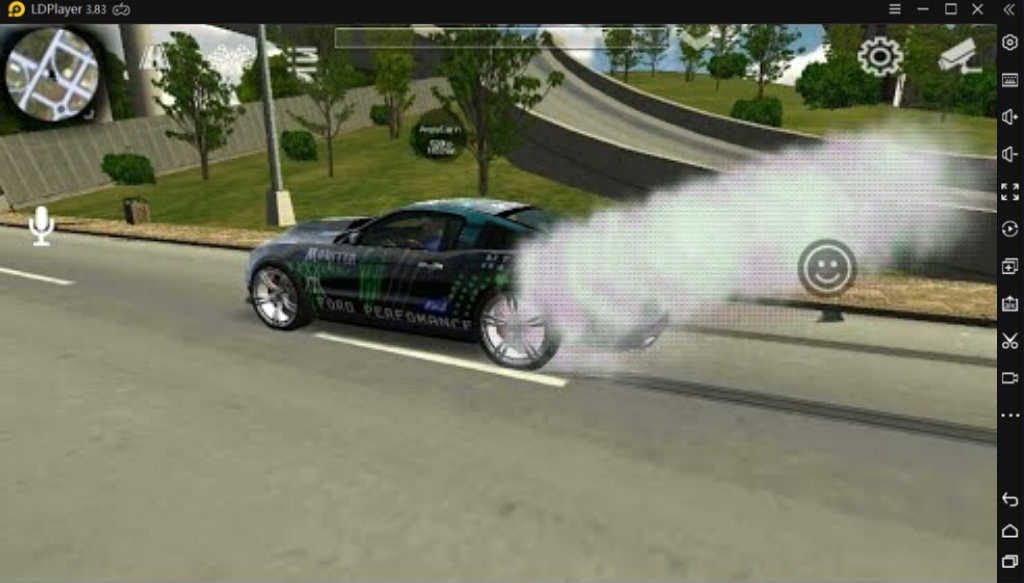 Using a utility knife, carefully remove the insulating layer up to the copper bar. Clamp it with a contact terminal using pliers.
Using a utility knife, carefully remove the insulating layer up to the copper bar. Clamp it with a contact terminal using pliers.
4. Press down on the terminal gently but firmly to ensure good contact.
Seal the cut edges of the foil between the terminals and on the back of the strip with mounting tape.
5. Attach wires (copper wire 1.5 or 2.5 mm.) to the terminals.
On one side of the thermal film connect the "+" wire to the copper strip, on the other side "-".
6. If you need to connect several strips of thermal film, make a parallel connection.
7. Seal the connections with bituminous tape (purchased separately with the terminals).
The connection points of the contacts with the wire, sealed with bituminous tape , must be deepened into the heat-reflecting substrate so that there are no bumps when laying the finish coating. If the depth of the substrate is not enough, it is necessary to make recesses in the subfloor.
If the depth of the substrate is not enough, it is necessary to make recesses in the subfloor.
Insulate the copper bar with bituminous tape (2.5x5cm) on the reverse side of the film as well.
8. Connect the wires from the thermal film and power to the thermostat according to the instructions for the thermostat.
9. If linoleum/parquet or carpet is to be used as a floor covering, lay additional protective sheets of 8-20 mm fiberboard, LSU, CSP or GVL over the thermal film.
Under laminate/parquet, you can not use additional sheets of strength, but immediately lay it on thermal film .
This film can be laid in a 3 cm screed (if it is less, there is a risk of cracking, if it is thicker, it will take longer to warm up). But at the same time, cut edges thermal films must be glued with bitumen tape to avoid current leakage.
What associations are historically associated with diesel versions of cars? Traction, efficiency, waxing of diesel fuel and black smoke.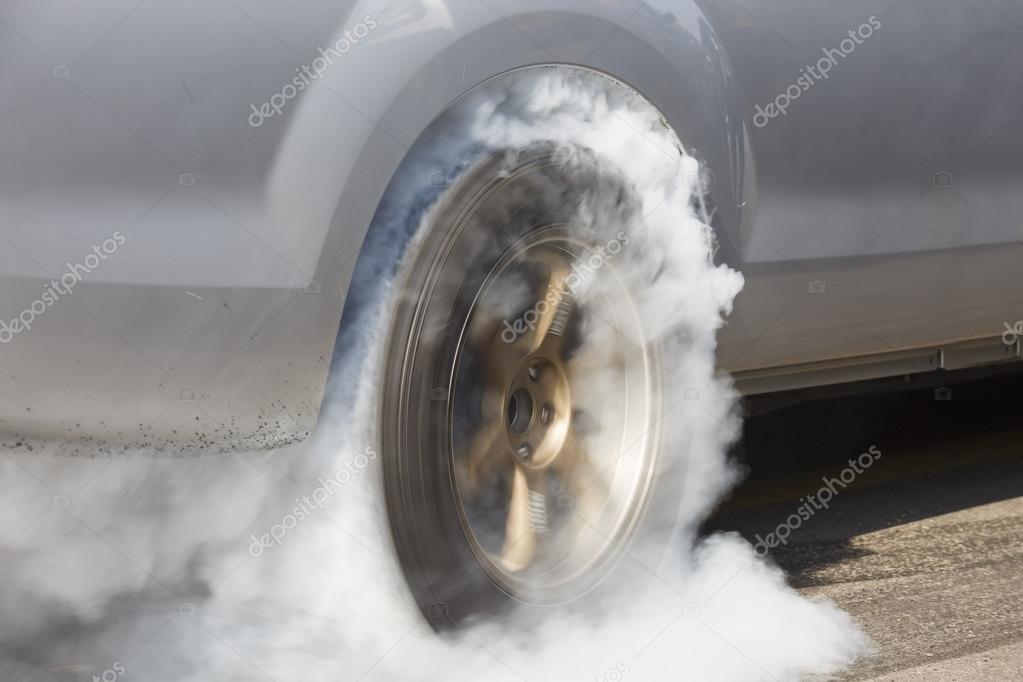 Modern diesel engines have not stopped economically developing high torque, but there are much fewer problems with diesel fuel in winter. In a way, this was made possible by things like diesel fuel heater and fuel tank heater. The concept of "fuming" these motors is completely alien. Why did the heavy stench of the solarium give way to a barely perceptible sour smell, and why is the inside of the muffler crystal clear instead of a black coating? The editors of the Autostadt.su magazine offer to talk about the merits and demerits of the particulate filter and find out why it brings a lot of problems, especially on used cars.
Modern diesel engines have not stopped economically developing high torque, but there are much fewer problems with diesel fuel in winter. In a way, this was made possible by things like diesel fuel heater and fuel tank heater. The concept of "fuming" these motors is completely alien. Why did the heavy stench of the solarium give way to a barely perceptible sour smell, and why is the inside of the muffler crystal clear instead of a black coating? The editors of the Autostadt.su magazine offer to talk about the merits and demerits of the particulate filter and find out why it brings a lot of problems, especially on used cars.
Table of Contents
The task of any filter is to catch something. From the prefix "anti-particulate" it is clear that the experimental person retains soot particles, which are formed as a result of incomplete combustion of diesel fuel.
By design, it is a ceramic matrix consisting of a large number of blind perforated channels. This expensive layout is located in a jar of round or oval section of impressive size.
This expensive layout is located in a jar of round or oval section of impressive size.
In the direction of the exhaust gases, soot particles remain in these same channels, since they do not pass through fine perforations. It is logical to assume that such a sump will quickly clog if accumulated soot is not removed. We note right away that it is removed, or rather burned out, and for this even a special engine operation mode has been developed.
The particulate filter is located in the exhaust tract, near the exhaust manifold. If there is a catalyst, then the "soot" is immediately behind it. Sometimes they are combined into one housing so that the screened soot is as close as possible to the engine. This arrangement makes it possible to heat the interior of the particle filter element to high temperatures - condition # 1 to ensure soot burning.
This question is usually asked by owners of used cars. You can find out if there is a particulate filter on the car on the diagnostic equipment. When it is removed, the soot filling control and analysis model of the filter element is disabled. Since the factory jar is usually left in place, and only the matrix is amputated, the trace of the intervention is clearly visible - this is a closed weld in the wrong place.
When it is removed, the soot filling control and analysis model of the filter element is disabled. Since the factory jar is usually left in place, and only the matrix is amputated, the trace of the intervention is clearly visible - this is a closed weld in the wrong place.
The role of the "soot" is such that it only takes power from the engine. The fact is that soot constantly accumulates inside it, creating resistance to the movement of exhaust gases. You won’t notice this in the city, but on the highway a car with a barely filled filter will accelerate less willingly. However, driving on a country highway is very useful for a diesel engine, we will explain why later.
One way or another, a slight drop in thrust is hard to notice. It is much easier and more useful to pay attention to the dashboard, where a special lamp or a combination of LEDs will outline the severity of the problem. The exact answer to what this or that icon means can only be found in the instructions for the car. As an example, we suggest considering the algorithm for signaling problems with DPF on VAG cars:
It is much easier and more useful to pay attention to the dashboard, where a special lamp or a combination of LEDs will outline the severity of the problem. The exact answer to what this or that icon means can only be found in the instructions for the car. As an example, we suggest considering the algorithm for signaling problems with DPF on VAG cars:
Instrument alerts duplicate real things, such as fuel consumption, engine oil level, reaction to the gas pedal. For example, the following signs help to navigate the approaching failure of the particulate filter:
There is only one explanation for these events - unsuccessful regeneration (soot burning by standard means). The purpose of burning is to increase the temperature in the particulate filter so that the soot burns out (converts to carbon dioxide) and the matrix channels become free again. This very temperature is increased mainly due to the post-injection of fuel, so that the diesel fuel burns out in the soot. If the manufacturer's instructions regarding the driving mode during the regeneration measure are not followed, then a successful result will not be obtained. Burning attempts will often be repeated, which will eventually lead to the things mentioned - an increase in diesel fuel consumption and oil level.
We recommend that you give up the idea of letting everything take its course. When the diesel particulate filter is almost clogged, the car does not behave in the best way, because the emergency mode is a continuous limitation on speed and current fuel consumption. If this fact does not stop, then the result of “ignoring” the emergency alert will work in any case: when the cleaner is completely clogged, the car stalls and does not start, or it starts and immediately stops.
The result of the conversation at the moment is quite clear - the diesel particulate filter can be cleaned. Method number 1: do it, as they say, in a passive way. Method number 2: carry out cleaning by the active method, which is incorporated in the standard electronics.
We have already talked about what regeneration of a particulate filter is and what goals it pursues. Recall that the main task of this event is to burn out the soot accumulated in the soot channels. An empty matrix allows the engine to "breathe", which means it takes a minimum of power.
To burn out this very soot, it is necessary to increase the temperature of the exhaust gases. This can be done in two ways:
Let's go back to the passive way to separate two competing technologies - FAP and DPF. Machines with FAP are distinguished by the presence of a tank with a special additive containing cerium. By adding it to the fuel, we can carry out passive regeneration at a lower temperature. In everyday life, this means that burning on the track is more productive. That is, the time for emptying the filter is reduced, which is why there are only pluses.
Platinum catalyst applied to the walls of the DPF matrix. Its task is to promote a series of chemical reactions that ultimately rid the container of soot. Unlike FAP, the gases must be fairly hot (400…500°С vs. 300…350°С), otherwise there will be no burning. So, you still have to “drown” on the highway.
A lot has been said about the passive method. It remains only to specify how to burn the particulate filter on the move without the help of electronics, namely the approximate speed of movement and engine speed. So the pace is 70-90 km/h and more than 2,500 rpm on the tachometer is enough to empty the soot filter a little. How often and how much time to devote to the process depends on the frequency of use of the machine. Start from the standard cycle: for 5 days of urban flea market, 2-3 weekend trips lasting at least 40 minutes.
Let's repeat that the purpose of active regeneration is to heat up the particulate filter matrix to 600. ..650°C. To do this, it is necessary to change the operation of the turbocharger, shut off the exhaust gas recirculation (EGR) system, and inject fuel before the exhaust stroke. Just be warned, it's a fire hazard.
The moment when active burning is required is selected by the electronics. Not spontaneously, but guided by sensor data:
Active burn starts differently. On some cars (for example, on VW) this happens unnoticed by the driver and regardless of whether you are in the city or on the highway, on others (for example, Toyota) the lamp will light up that you need to stop and press a special button.
Nevertheless, it is not worth comparing cars according to the electronics triggering algorithm. So the same VW has a pre-crash mode that we described (DPF icon). The only difference is that the owner of VAG products needs to go to the highway and drive until the lamp goes out, and Toyota will do everything on the spot.
Something else worth talking about is the signs of active regeneration:
Important! Try not to turn off the machine when the electronics have started the burn. A series of unsuccessful regenerations is fuel-diluted oil, high diesel consumption and even more soot in the filter. What you need to do is to go quickly to the highway and keep 2,000 rpm and 50-70 km/h.
On some machines, the manufacturer provides emergency regeneration. Usually, in order to start it, the soot counter must count a certain threshold value (for VAG it is at least 58 grams), and the computer must enter the “check” mode.
This cleaning program can only be started in a workshop. Often this procedure is called resetting the Diesel Particulate Filter Restricted / Clogged MIL ON error or forced burning of the particulate filter, which is not much different from the Toyota model of starting active regeneration through a button.
Soot, as we have already figured out, can be burned out. But not only soot accumulates in the filter. There is such a component as ash, which accumulates from the moment the engine is first started and does not go anywhere. It is formed from oil and metallized additives contained in low-grade fuels. That is why it is recommended to pour engine oil with a reduced ash content into diesel engines with a particulate filter.
An impressive mileage (about 200,000 km) and frequent attempts at active regeneration usually indicate the approach of a replacement. If normally it occurs every 500-1,000 km, then the reduction of the interval to 150-300 km is considered abnormal.
It is impossible to judge a cleaner only by frequent active burning! This can also happen due to the low quality of the fuel filled in at the last refueling, or a leaking injector.
In a single version - nothing. If the process takes a natural turn, then soon you will have to change the oil and force active regeneration. If you go to extremes at all, then one day the engine will stall and will not start.
Usually 50-70 km is enough. Sometimes even less. The best guideline is not kilometers, but an extinguished lamp, if we are talking about pre-crash mode, or the cessation of white thick smoke from the exhaust.
Of course, not a single chemistry comes close to regular soot burners. Experienced drivers do believe that this is money down the drain.
This is an electronic counter that counts the theoretical mass of particulate matter inside the filter. There is no single norm, each car has its own threshold. We will give an example of the Audi Q7, where:
Resetting only makes sense after flushing or replacement. The system cannot be fooled just because the soot counter is not the only value that it is guided by, and a clogged particulate filter is not only an electronic limitation, but also a physical one (it is difficult for gases to escape).
There is only one reason for this: low-grade fuel with a high sulfur content. Dilute the residue with quality diesel fuel and the symptoms will go away.